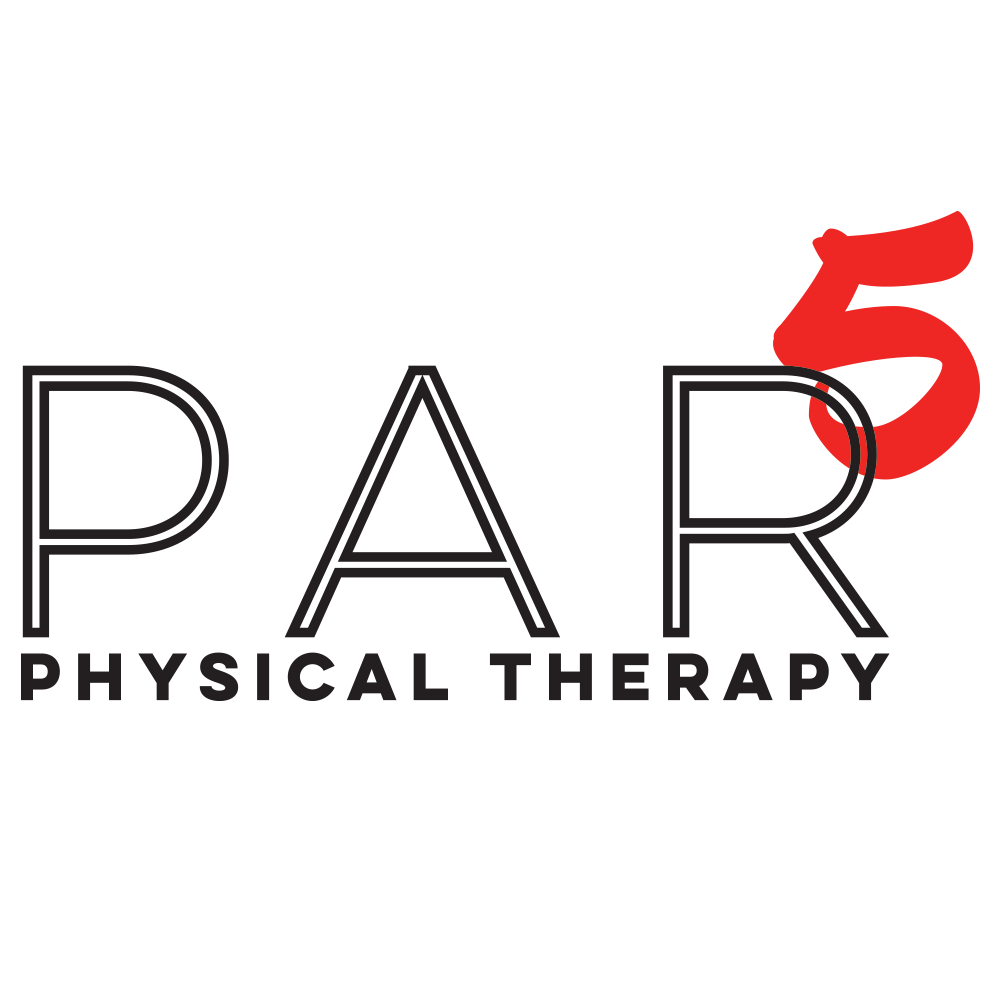Shoulder Pain Relief
The shoulder joint is complex and is composed of three bones: the scapula, clavicle, and humerus. It can reach over 16,000 positions! Pain or injury can be due to anything, from daily wear and tear to acute trauma. Continue reading to find out about common conditions, injuries prevention, rehabilitation, and other causes.
Common Causes Overuse, everyday life, or even aging can all cause shoulder problems. An injury is the leading cause of shoulder pain. You can get injured by:
A fall
A direct hit on the shoulder
Unusual twisting or bending of the shoulder
Common Conditions that can cause shoulder pain:
Arthritis – Osteoarthritis is also known as "wear-and-tear" and is the most common form of shoulder arthritis. The symptoms include stiffness, swelling, pain, and tenderness that typically appear in middle age.
Bursitis is a swelling and inflammation of the bursa that lies between the shoulder blades and the rotator cuff. The Bursa is a tiny, fluid-filled sac that lies between the joint and helps to reduce friction between bone and muscle.
Fractured shoulder bones - These are the collarbone (clavicle), the upper arm bone (humerus), and the shoulder blade (scapula).
Impingement - When the arm is lifted off the body, and the top edge of the shoulder blade "impinges" or puts pressure on the soft tissues (tendons/bursa),
Instability/Dislocation - Occurs when the head of the humerus is forced out of the shoulder socket. It can either be a partial (subluxation), or complete dislocation.
Tendinitis is an inflammation of the tendon in the shoulder. This can be either acute (overuse), or chronic (degenerative).
Tendon Tears are when the tendons break and tear. Many times, the tendon will be pulled from the bone by complete tears. The most common type of tendon tear in the shoulder is from the rotator cuff tendon.
Injury Prevention
While injuries can't always be avoided, prevention is key. Our physical therapist gave us some tips on how to prevent and treat shoulder injuries.
Good posture - Your shoulder mechanics are directly affected by your posture. This trick is simple: Sit in a slouched posture and raise your arms above your head. Then, straighten your spine and see how far your arms can rise when you improve your posture.
Keep yourself Balanced
Body mechanics are important - Do not rely on your upper body muscles to do the majority of the work. Use larger muscles in your legs and arms to lift/move.
Strengthen the Small Muscles
Rehabilitation for your shoulder pain can be a good option to restore your function. Rehabilitation for the shoulder may include:
Intrinsic rotator cuff strengthening - A strong and sturdy cuff can help keep the shoulder joint "ball in the socket".
Scapular Stabilization & Re-training - The muscles supporting the shoulder blade help in the movement and mechanics of the shoulder joint. This is a difficult muscle to retrain, so don’t be discouraged!
Posture - Shoulder rehab and postural re-education go hand-in-hand. To get the best out of your rehabilitation, you must position your shoulder correctly and maintain a good posture. Your therapist may use various techniques like joint mobilization/stretching, machines, or tape to help you increase your postural awareness, in addition to exercises.
When weighing your treatment options for shoulder pain, consider physical therapy. Physical therapy offers a wide variety of treatment options including strengthening, flexibility assessments, and sustainable home exercise programs.
Contact PAR5PT to get an injury screen or to learn more about how physical therapy can help you overcome your shoulder pain.

